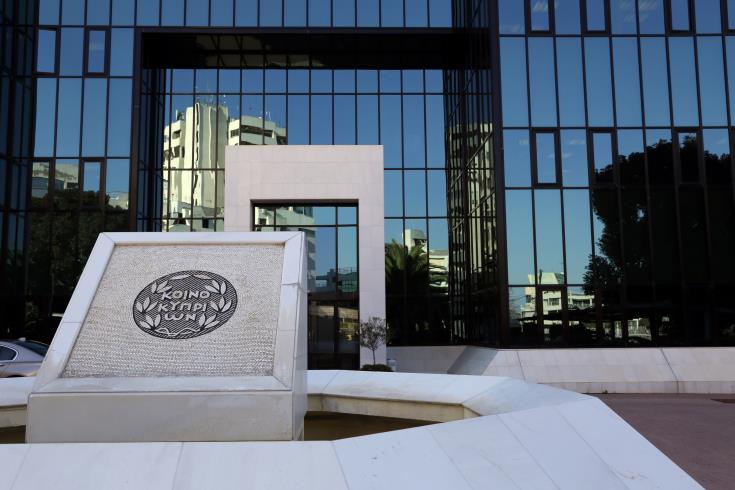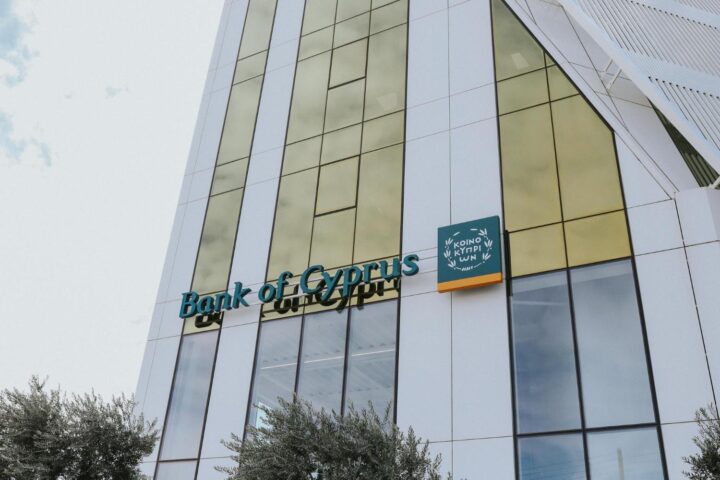Capital Intelligence Ratings (CI) has affirmed the long-term foreign currency rating (LT FCR) and short-term foreign currency (ST FCR) of Bank of Cyprus (BoC) at ‘BB-’ and ‘B’, respectively, affirming its ‘stable’ outlook, in line with other rating agencies.
Capital Intelligence said the bank’s property portfolio and the Covid impact on tourism and incomes would continue to burden its ratings.
“Although asset quality as measured by NPEs has greatly improved, Stage 2 exposures remain high, and the final ‘cost’ of Covid-19 and its impact on tourism and consumer incomes will not be apparent until next year.
“Uncertainties related to the effects of Covid on both asset quality and profitability are therefore likely to continue to constrain the ratings.”
CI said the outlook could be revised to ‘positive’ if the recent substantial improvement in loan asset quality metrics is maintained and a similarly significant improvement in profitability at both operating and net levels.
Conversely, the outlook could be revised to ‘negative’ or the ratings even lowered if loan asset quality again worsens, although this appears unlikely.
A similar shift in the outlook could be prompted by changes to the law, which further reduces the realistic ability to foreclose on collateral or excessively prolong the period required to achieve this.
CI affirmed BoC’s bank standalone rating (BSR) of ‘bb-’, core financial strength (CFS) rating of ‘bb-’, and extraordinary support level (ESL) of ‘uncertain’.
The outlook for the LT FCR and BSR is ‘stable’.
It said the strongest credit strength supporting the CFS remains funding and liquidity.
The bank enjoys a well-diversified and stable retail customer deposit base and has very little reliance on wholesale funding, apart from the €3 bln in TLTRO III drawings.
Liquidity metrics continue to be strong.
NPE reduction
However, there is a new asset quality-related strength in the form of BoC’s success in non-performing exposure (NPE) reduction over recent periods.
The NPE ratio fell to under 9% in November, largely reflecting sales of NPEs.
“While these have been ‘expensive’ in terms of transaction costs and associated provisioning on the assets sold, the result is an NPE ratio that is approaching the bank’s medium target of circa 5%.
“Stage 2 exposures, however, remain high.”
The rating review said: “Given the improvement in asset quality metrics, profitability is now the main challenge.
“Operating profitability has been declining, and the cost-income ratio is still on the high side.” Although costs are still high, the main issue relate to income generation, with the ratio of operating income to average assets still on a declining trend.
“Although BoC is now back in marginal profit at the net level, previous annual net losses have meant that internal capital generation has been negative.”
Despite this, capital ratios have held up well.
The bank has steadily reduced risk-weighted asset (RWA) density while also shrinking the asset base, mainly by reducing the legacy loan book; this has been declining for several years as non-core activities and operations have been closed or sold.
“While such careful capital management is a positive, it can only go so far.”
As capital flexibility is low, any further losses would inevitably put pressure on capital ratios at some point, especially if the bank succeeds in re-growing its loan portfolio.
A final credit challenge is the high exposure to the real estate market in the loan portfolio.
Real estate values impact BoC in several ways – of which the impact on the real estate owned by the bank portion is the least important.
Almost 45% of all loans are to households, 83% was in the form of residential mortgages as at end H1 21.
However, non-household lending is also heavily secured by real estate collateral.
Adding in the exposures to the tourism sector and the real estate collateral of NPEs, BoC has a heavy contingent exposure to the health of the Cyprus real estate market.
Moody’s upgraded the Bank of Cyprus key ratings citing “significant improvement” in asset quality following an agreement on non-performing loans that would reduce the bank’s NPL ratio to single digits.
The outlook on the bank’s long-term deposit and senior unsecured ratings is ‘positive’.
Fitch revised the outlook for Bank of Cyprus and Hellenic Bank to ‘positive’ from ‘negative’, citing the expected improvements in asset quality due to non-performing loans (NPL) sales.
Last month, Standard and Poor’s revised the Bank of Cyprus outlook to ‘positive’ from ‘stable’, following a new NPL transaction titled Helix 3, reducing its non-performing loans ratio to single digits, for the first time since 2013.










